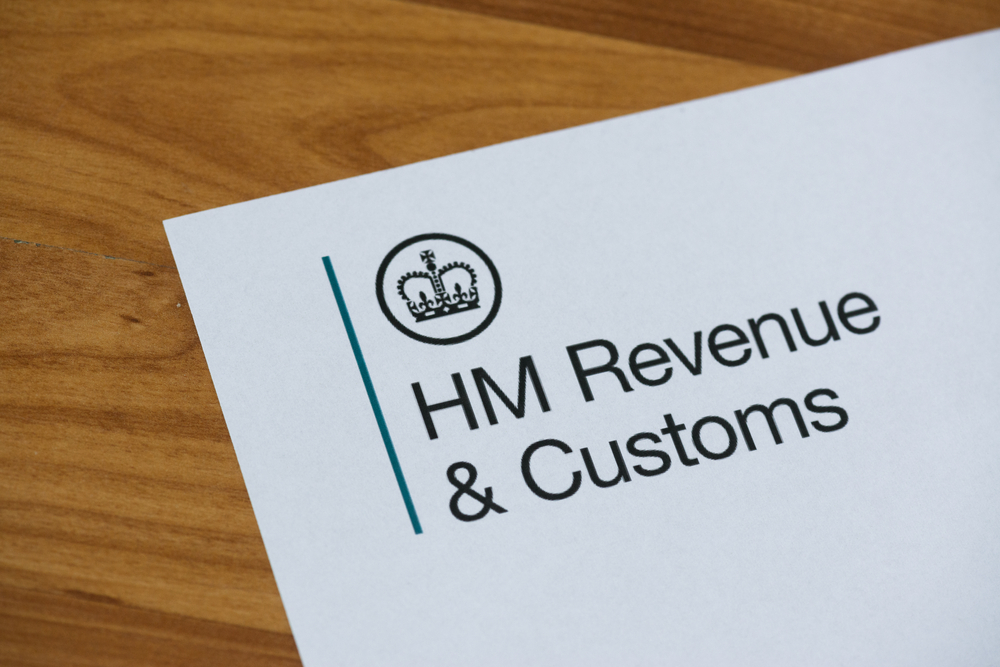The Government has announced details of the first public consultation on its plans to make HM Revenue & Customs (HMRC) a secondary preferential creditor for certain tax debts which are paid by employees and customers after the insolvency of a business.
Up until 2003, HMRC was listed as a preferential creditor for certain taxes, but the introduction of the Enterprise Act 2002 reduced its status to a non-preferential creditor for all forms of tax.
HMRC claim that as a result of this there has been a significant increase in the number of losses to the exchequer from insolvencies.
Under the proposals which were first outlined in the 2018 Autumn Budget, legislation in the Finance Bill 2019/20 will make HMRC a secondary preferential creditor for taxes paid by employees and customers, ahead of pension schemes, trade creditors, and lenders.
On top of this, HMRC will remain an unsecured creditor for taxes directly on businesses, such as corporation tax and employer NICs.
These measures will protect the payment of tax debts for PAYE (including student loan repayments), NIC (employee contributions only), construction industry scheme (CIS) and VAT that are due at the commencement of the insolvency.
HMRC claim that these taxes were paid in good faith by customers and employees and were being held by the business before being transferred on, and should go to fund public services as intended, rather than being distributed to other creditors, such as financial institutions.
The Government’s analysis suggests the change will bring in an additional £5 million 2019/20 and £60 million the following year. This rises to £145 million in 2021/22, then £185 million in 2022/23 and £175 million 2023/24.
The new rules are set to come into force for insolvencies that commence from 6 April 2020.
The consultation will ask a number of questions, beginning by stating the government is committed to increasing the priority of certain tax debts in insolvency and asking whether they should be ranked as a secondary preferential creditor, an ordinary preferential creditor, or protected in some other way in the event of insolvency.
It will also seek views on the additional administrative burdens as a result of this measure and its impacts on any type of formal insolvency procedure.
The consultation closes on 27 May. HMRC says it will publish a summary of the responses along with draft legislation in summer 2019.




